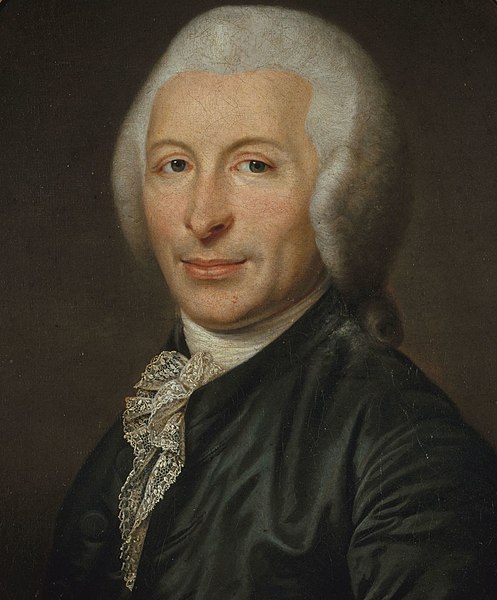Joseph-Ignace Guillotin was a French physician, politician, and freemason who proposed on 10 October 1789 the use of a device to carry out executions in France, as a less painful method of execution than existing methods. Although he did not invent the guillotine and opposed the death penalty, his name became an eponym for it. The actual inventor of the prototype was a man named Tobias Schmidt, working with the king's physician, Antoine Louis.
Dr. Joseph-Ignace Guillotin (Musée Carnavalet, Paris)
A guillotine is an apparatus designed for effectively carrying out executions by beheading. The device consists of a tall, upright frame with a weighted and angled blade suspended at the top. The condemned person is secured with a pillory at the bottom of the frame, holding the position of the neck directly below the blade. The blade is then released, swiftly and forcefully decapitating the victim with a single, clean pass; the head falls into a basket or other receptacle below.
The guillotine used in Luxembourg between 1789 and 1821
A replica of the Halifax Gibbet on its original site in Halifax, West Yorkshire, in 2008
The original Maiden, introduced in 1564 and used until 1716, now on display at the National Museum of Scotland in Edinburgh
Portrait of Joseph-Ignace Guillotin after whom the guillotine was named




